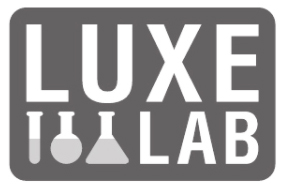
What it is?
LUXE LAB – is a testing program for LUXE Xtreme Service lubricants based on consumer machinery and equipment, which includes motor tests on specific units of equipment, as well as testing of selected samples in an independent laboratory to interpret data on processes in friction units.
What is it for?
LUXE LAB applications:
• confirming the effective consumer's use of LUXE lubricants in the operating conditions
• technical training and increased customer service efficiency
• Increased machinery and equipment productivity
• Reduced downtime for major and current repairs
• optimized warehouse balances of fuels and lubricants of the service department.
How does it work?
• Requesting a questionnaire and filling it out
• Assessing the condition of equipment units by involving a technician
• Identifying the need for lubricants by involving a technician
• Selecting at least two identical equipment units for motor tests
• Developing a lubrication chart for specific operating conditions by involving a technician
• Sampling of the current lubricant to identify the degree of wear of the equipment unit and possible irreversible processes
• Analyzing the provided data on the lubricant and filter replacement frequency
• Supply of the required amount of LUXE lubricants for motor tests
• Starting using LUXE lubricants in equipment or assembly with the filter element replacement
• Taking intermediate samples when reaching half of the manufacturer's recommended service life before servicing
• Replacing lubricant and filter element to maximize the detergent properties of LUXE lubricants
• Taking arbitration samples of used LUXE oil when reaching the recommended service life before servicing
• Transfering arbitration samples to an independent laboratory to assess the LUXE lubricant condition
• Issuing test reports and recommendations for extending the service interval
What does a consumer get?
|
• identifying equipment operation problems • selecting optimum oil change terms |
• assessing equipment condition • confirming the timing of scheduled equipment repairs • preventing unscheduled breakdowns of equipment units |
• reduced equipment downtime • increased equipment service life • extended oil change intervals • reduced operating costs by optimizing the use of lubricants in equipment |







